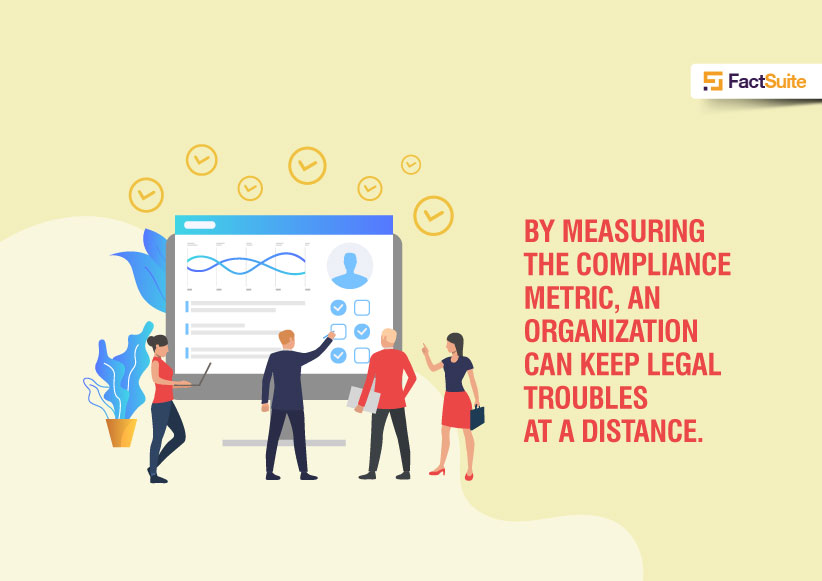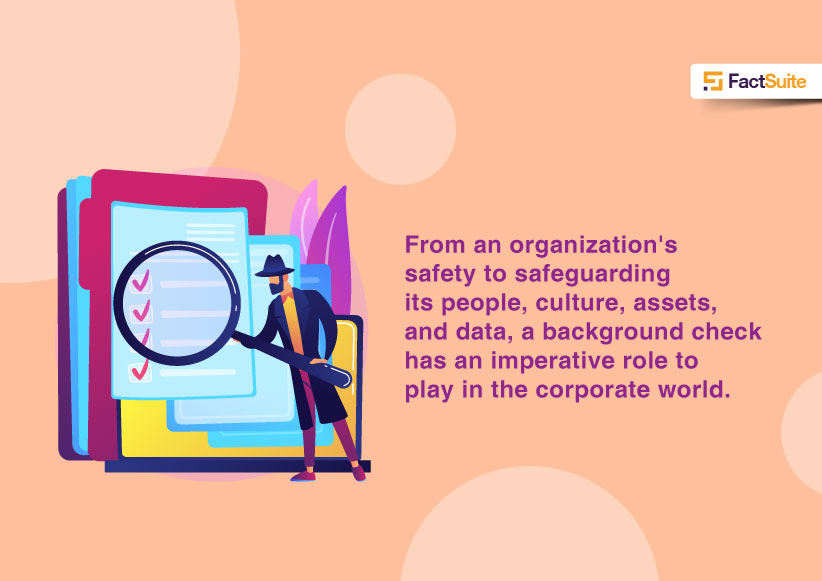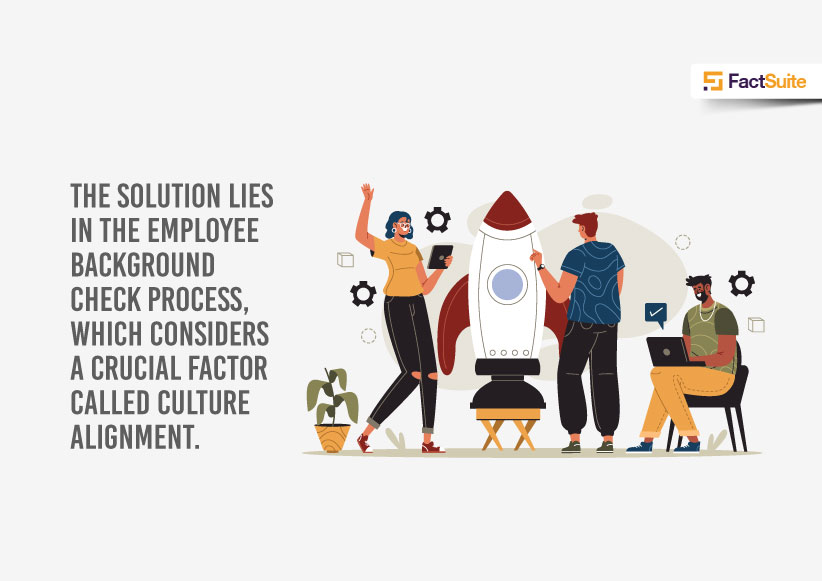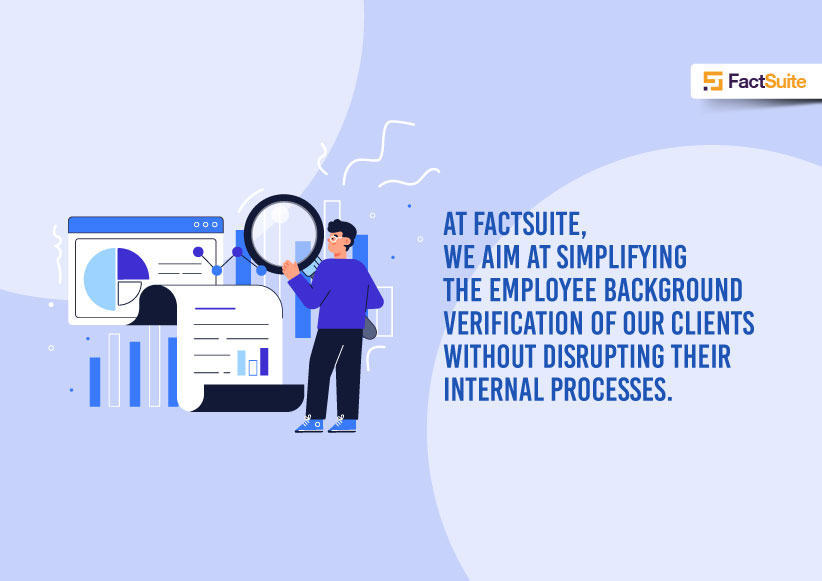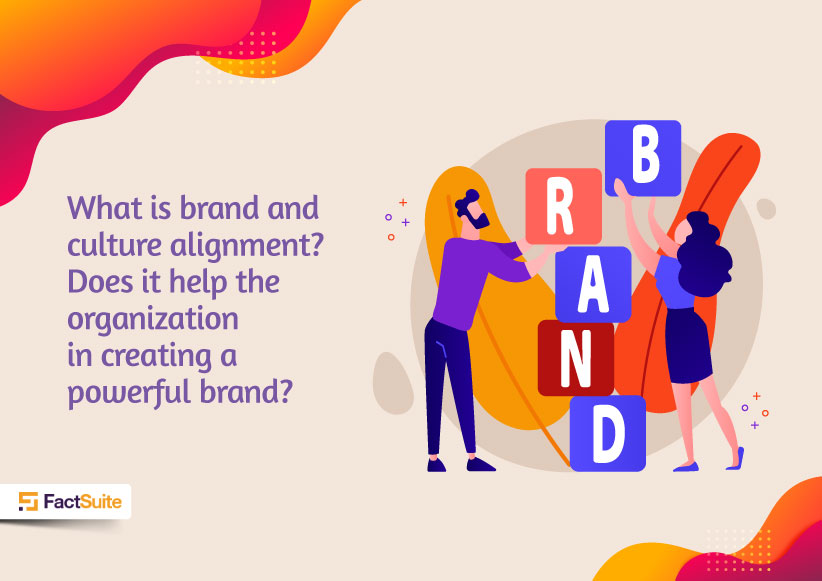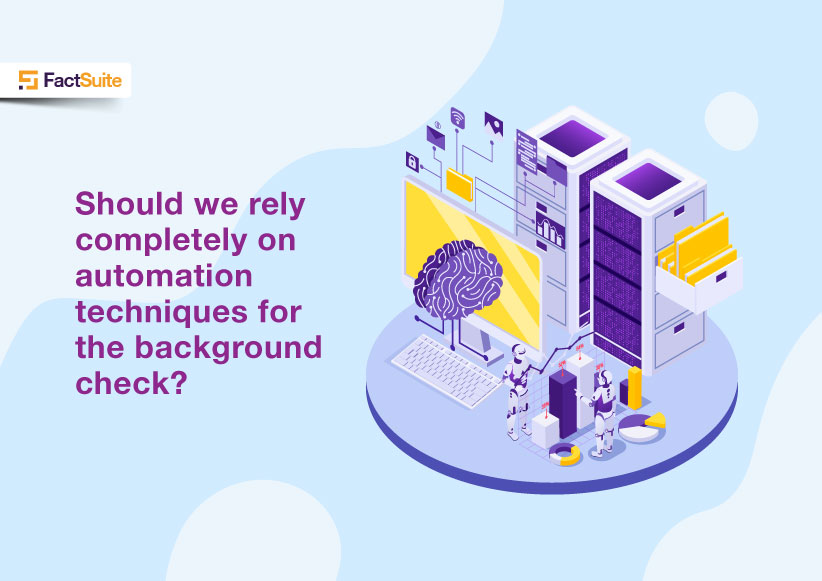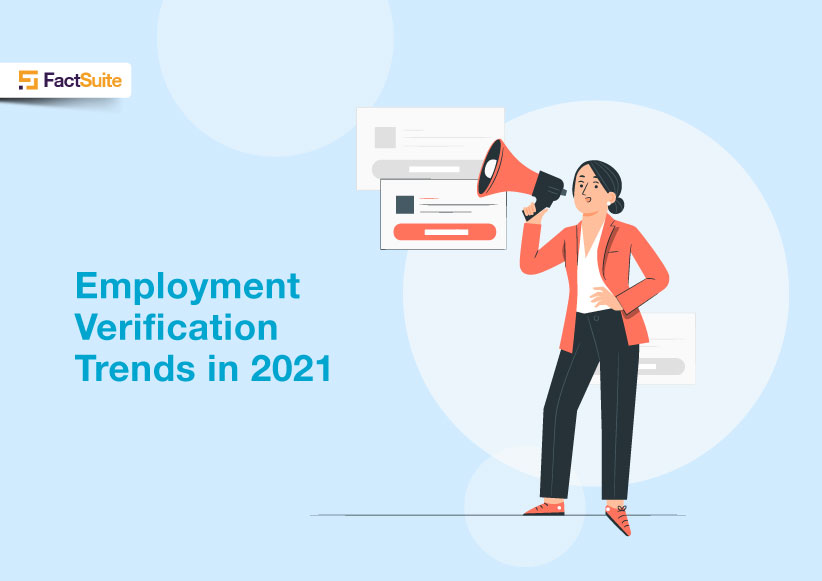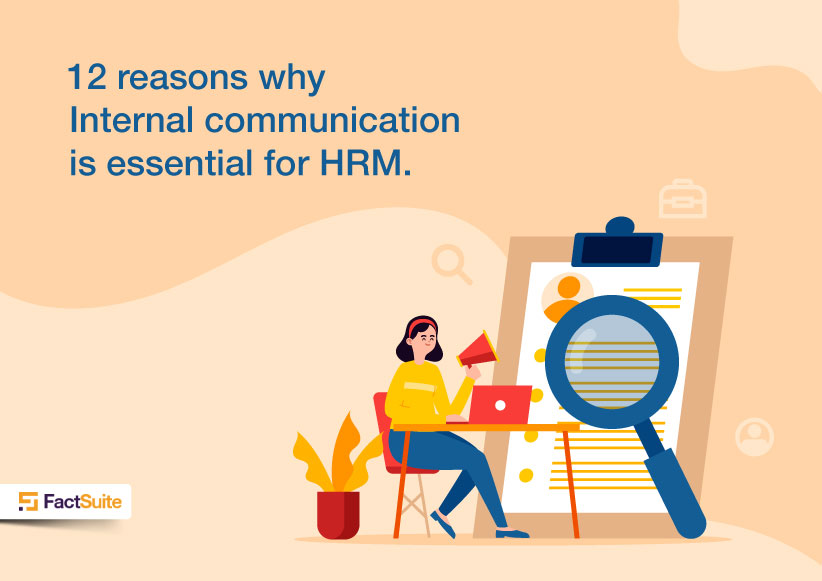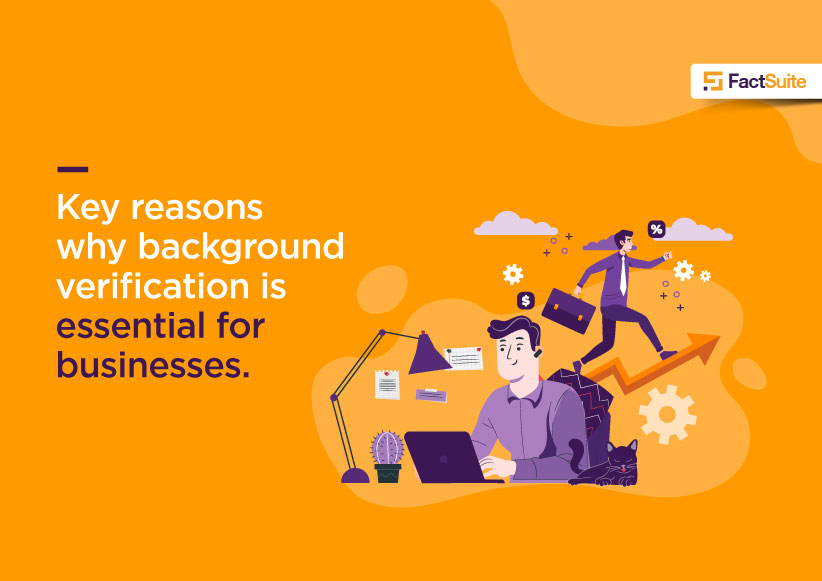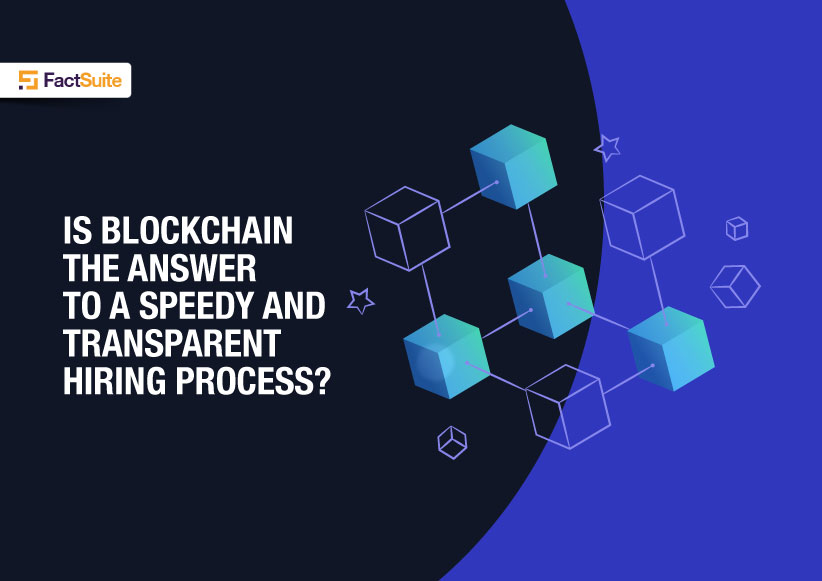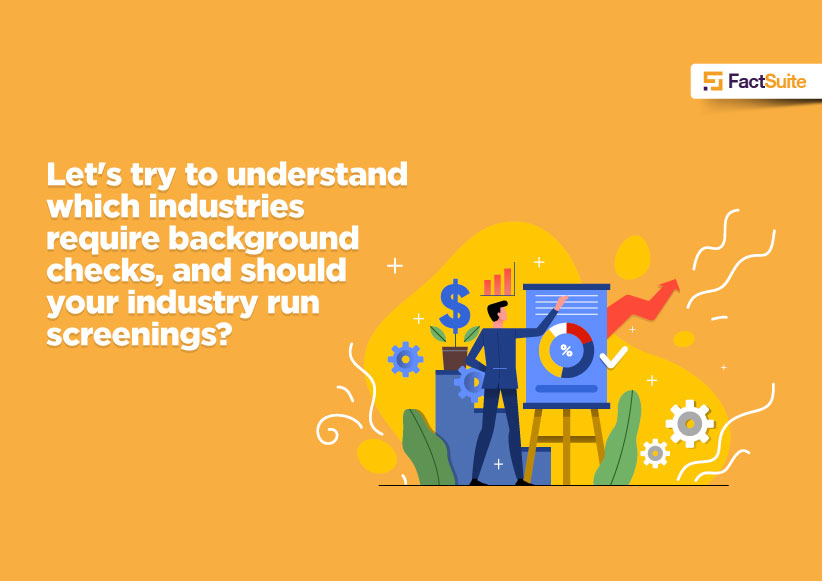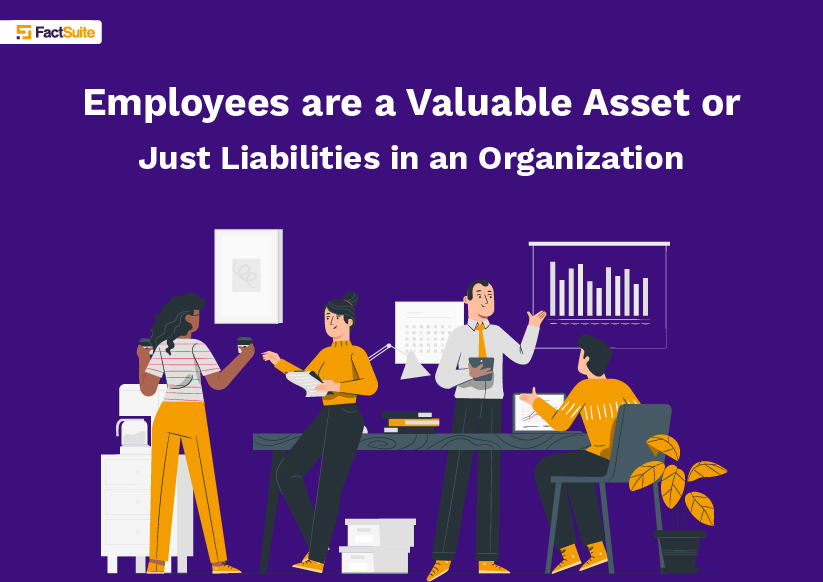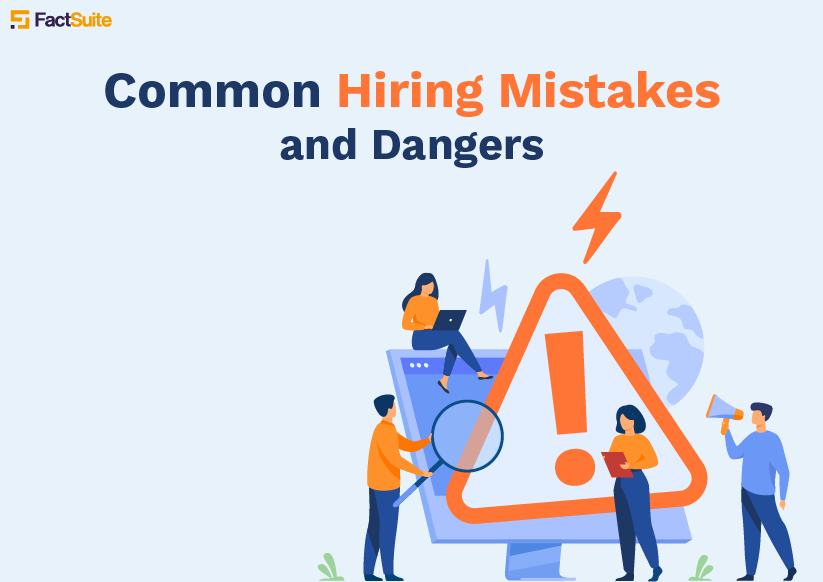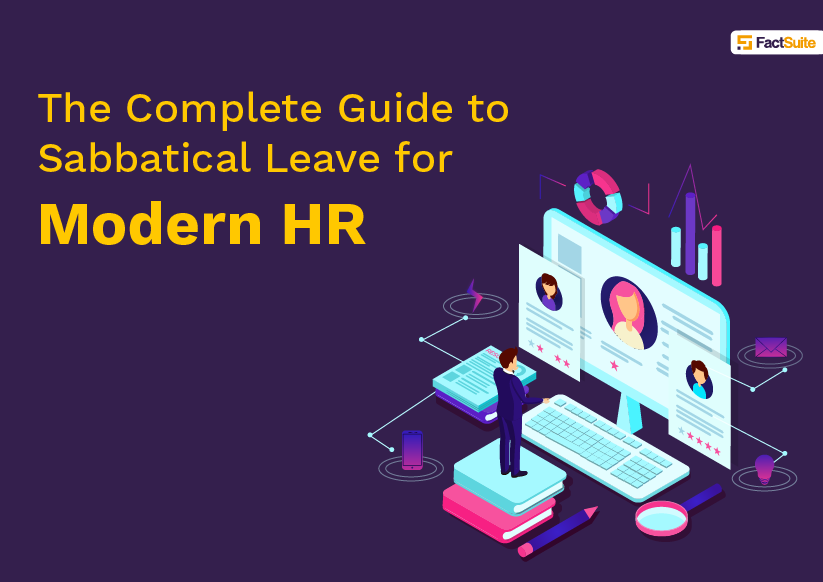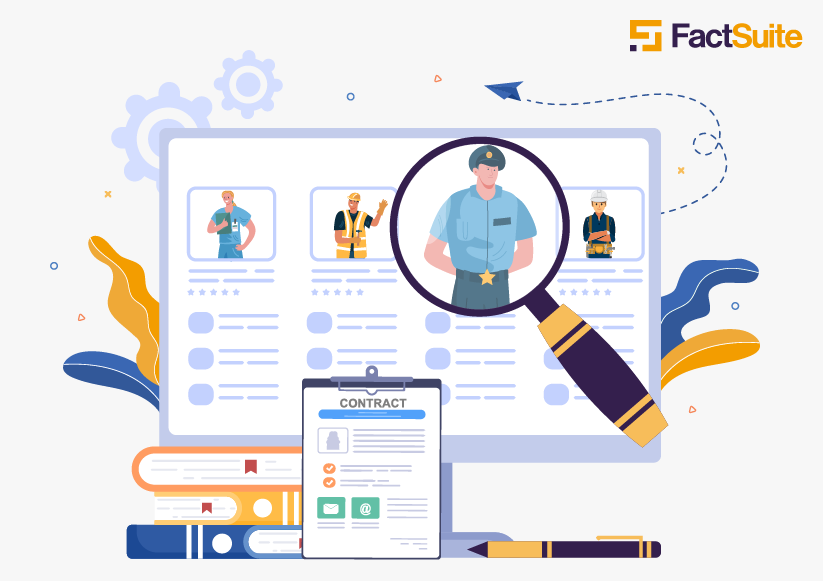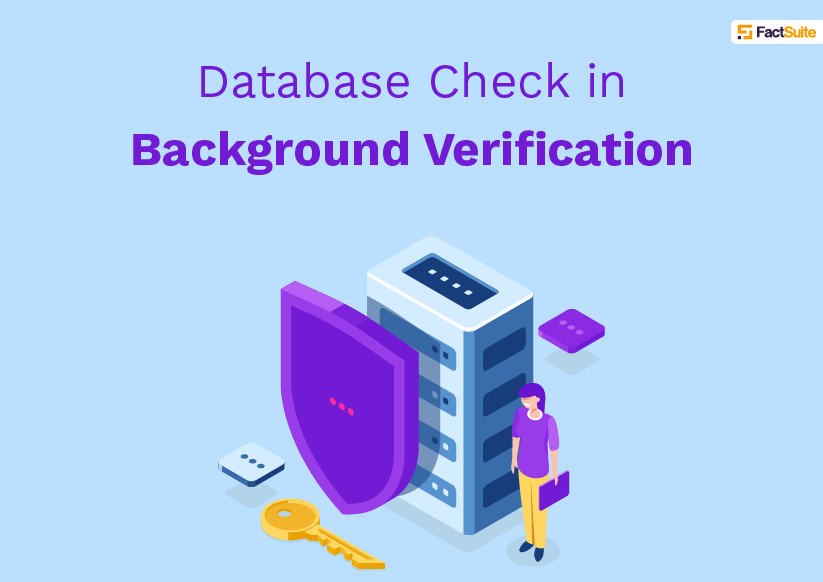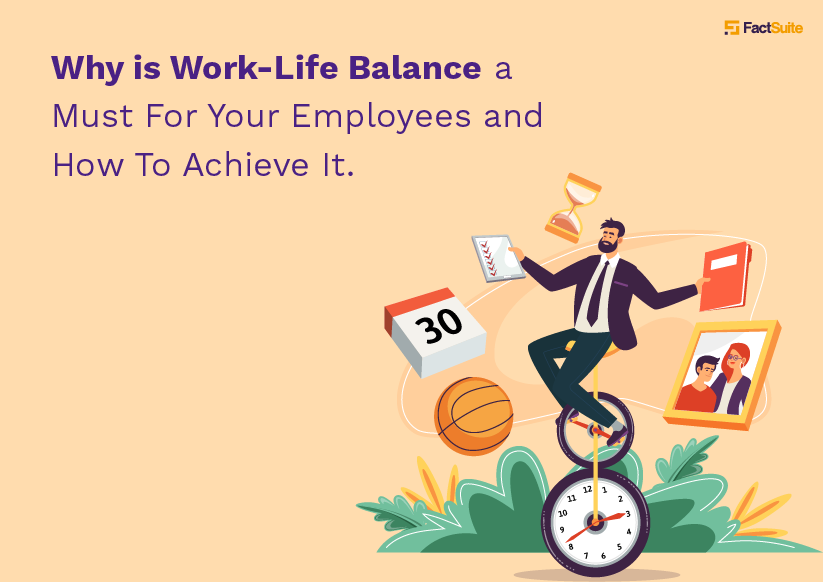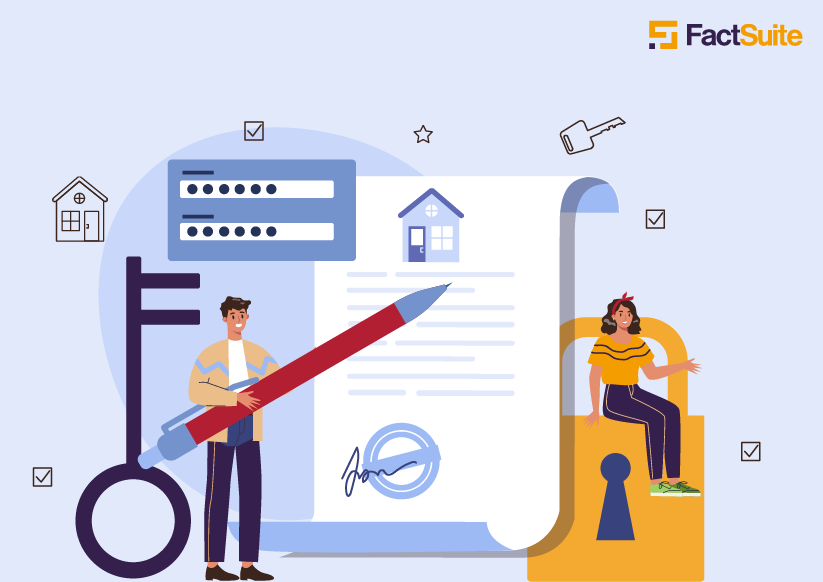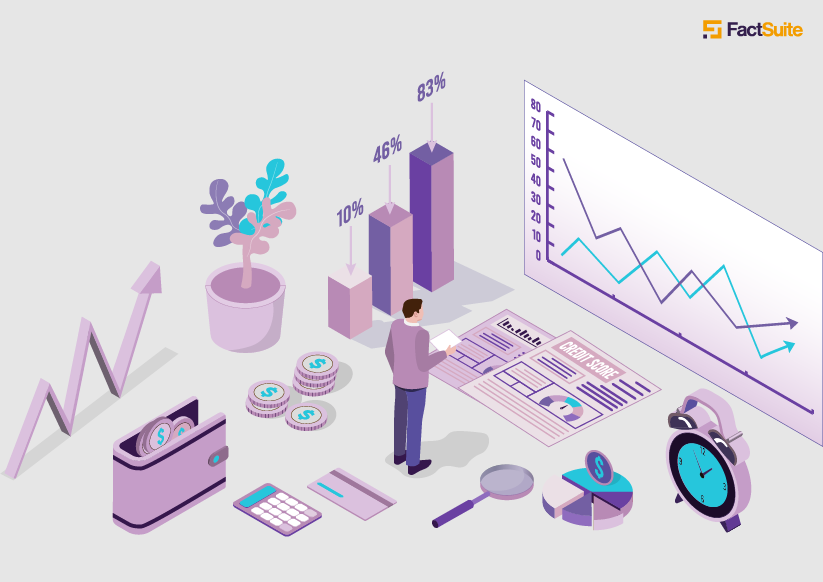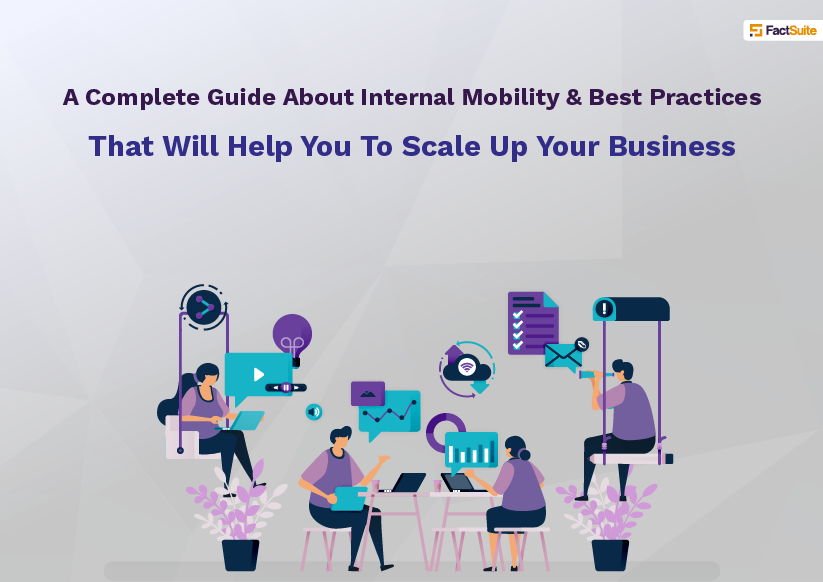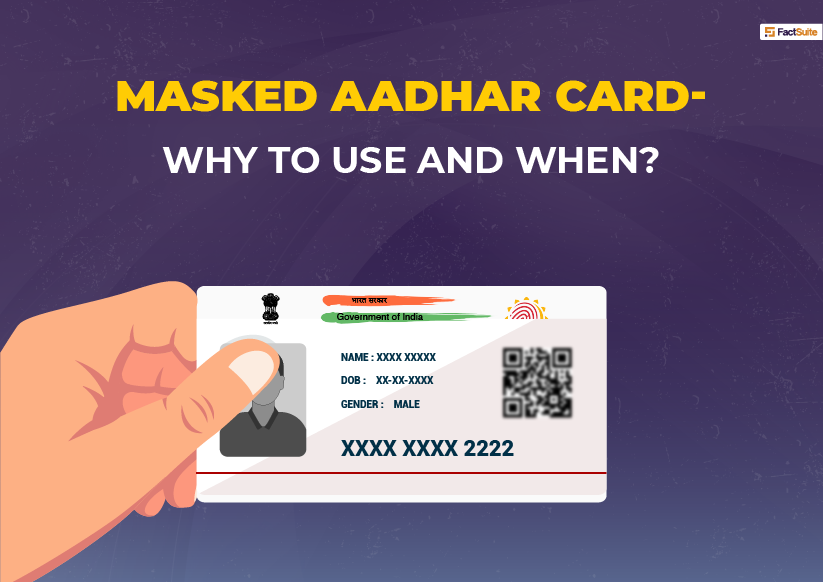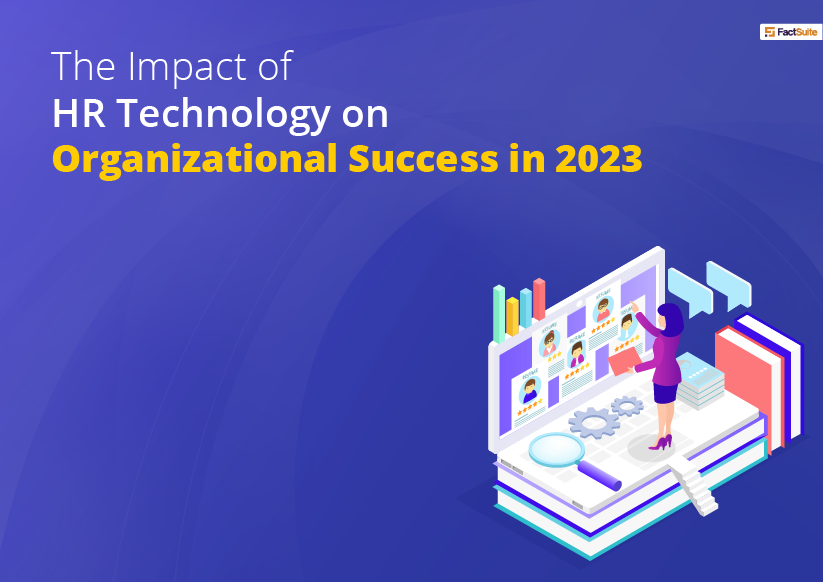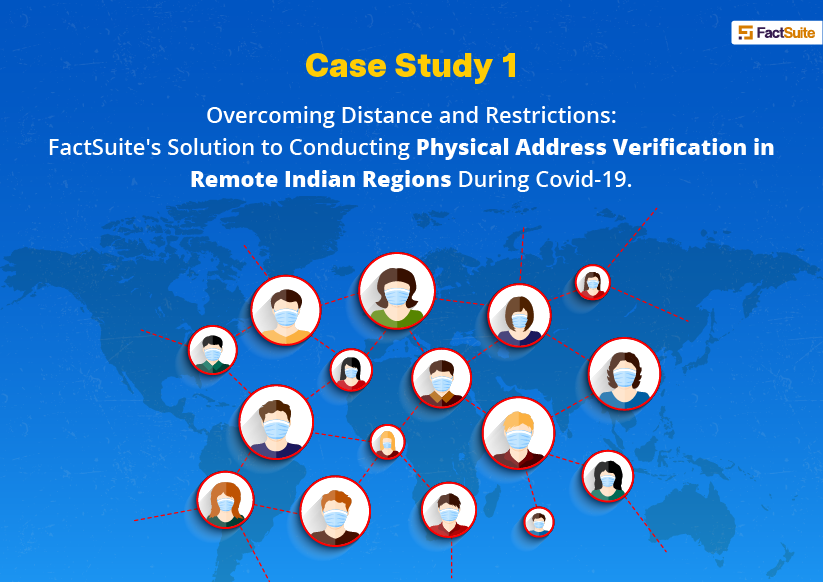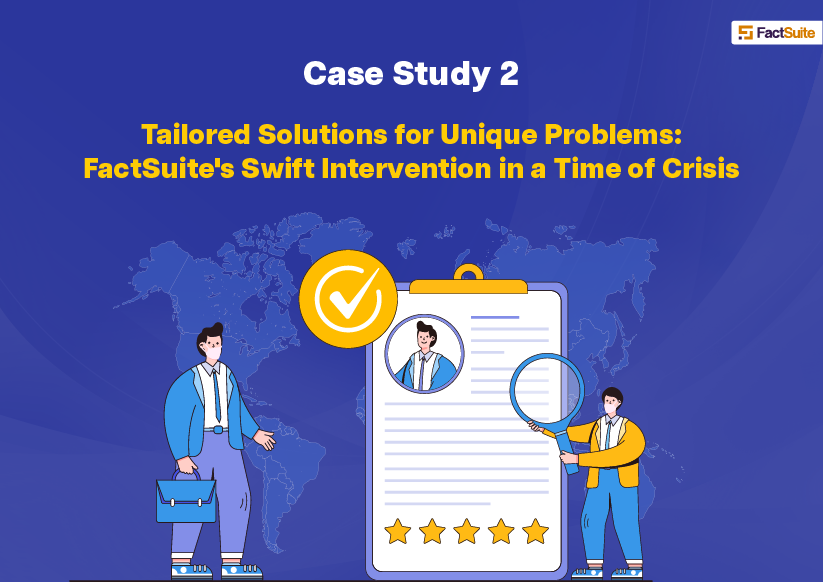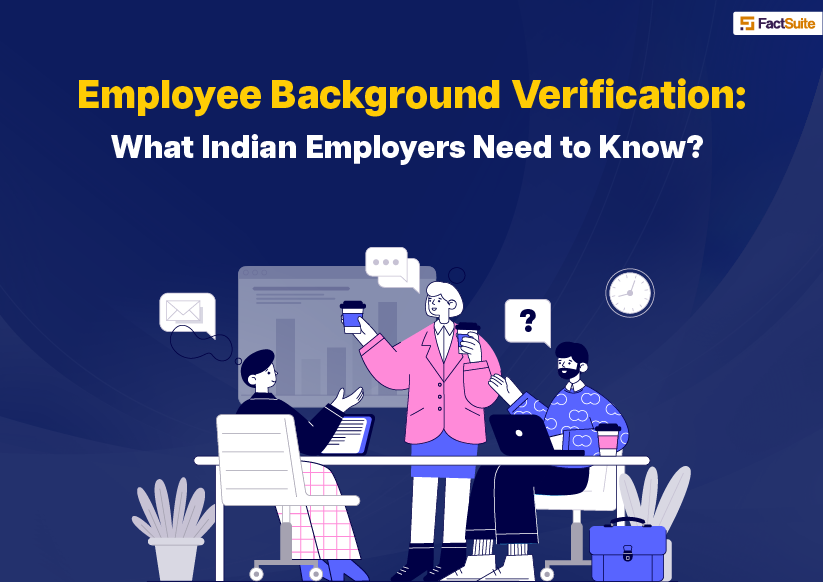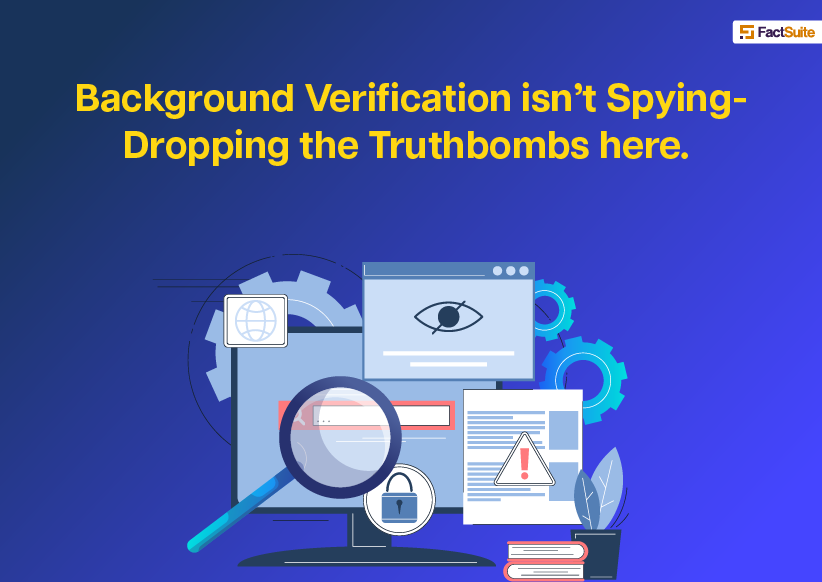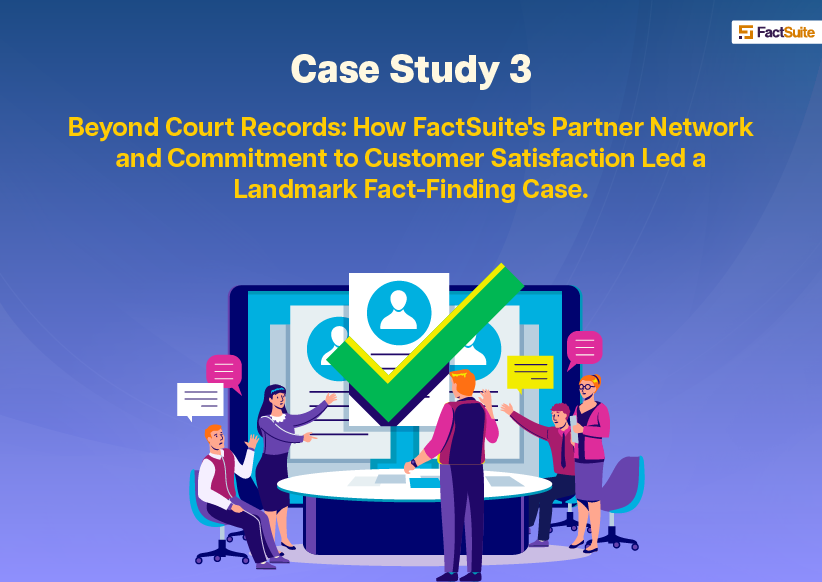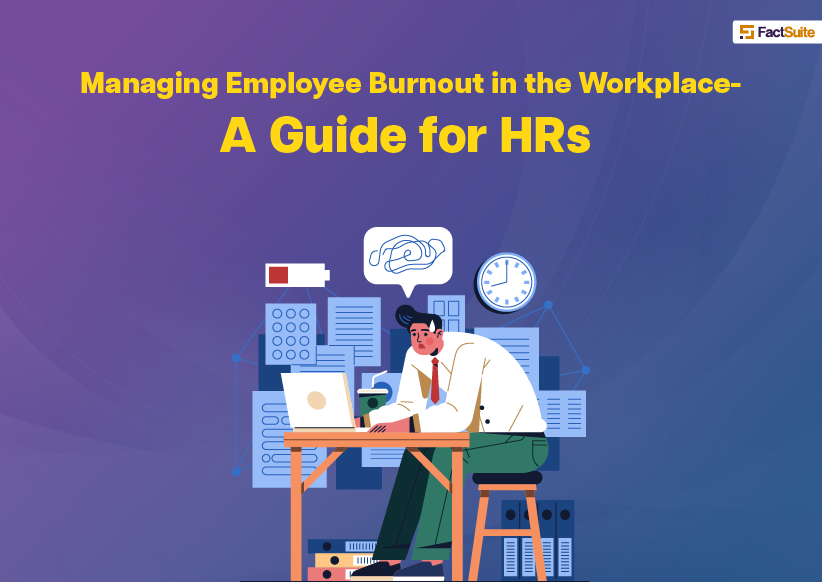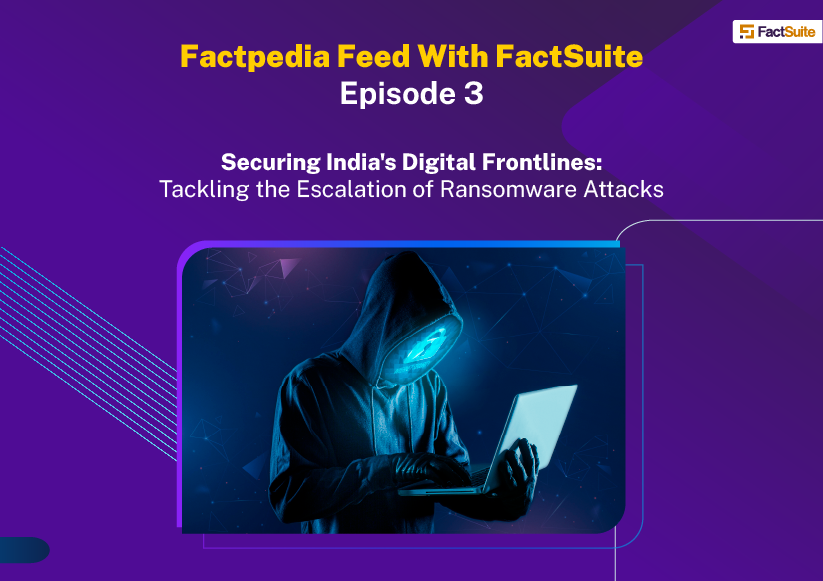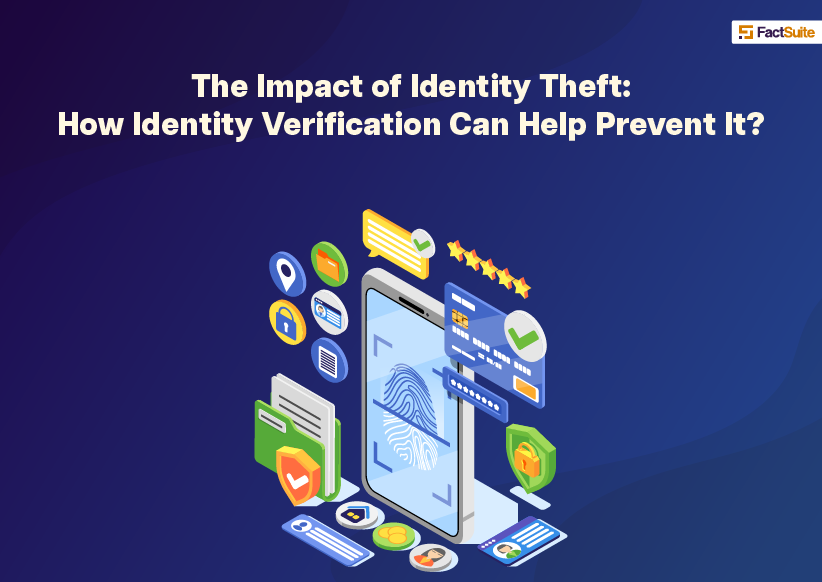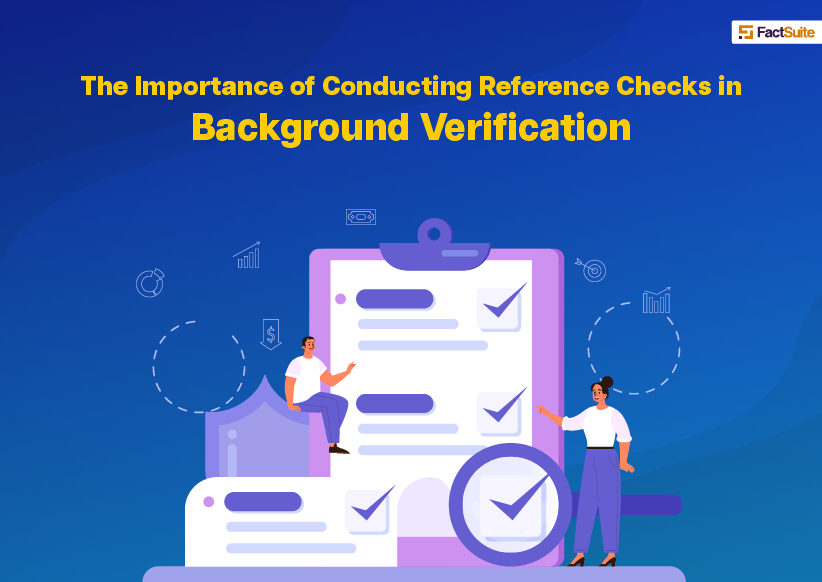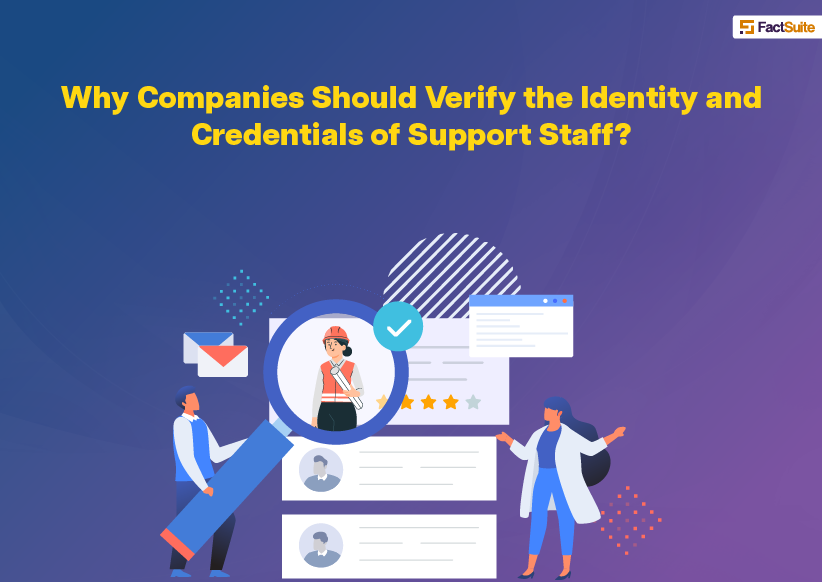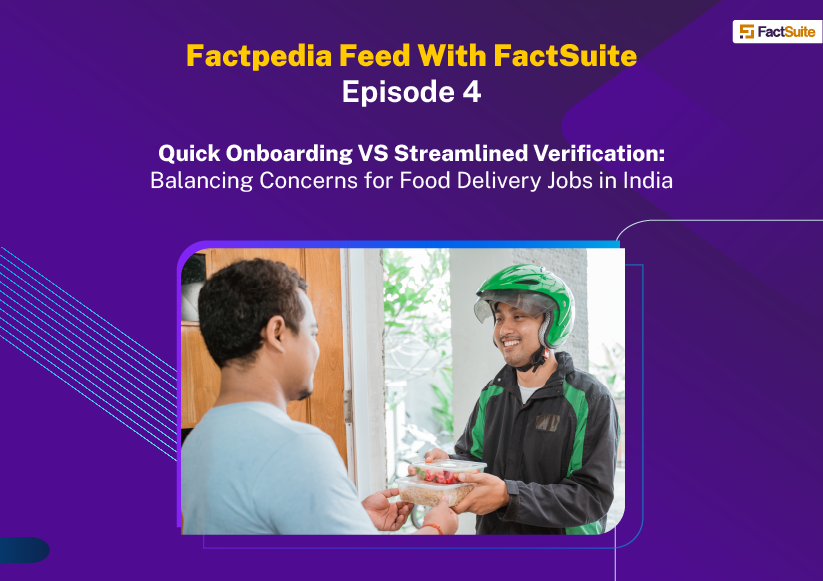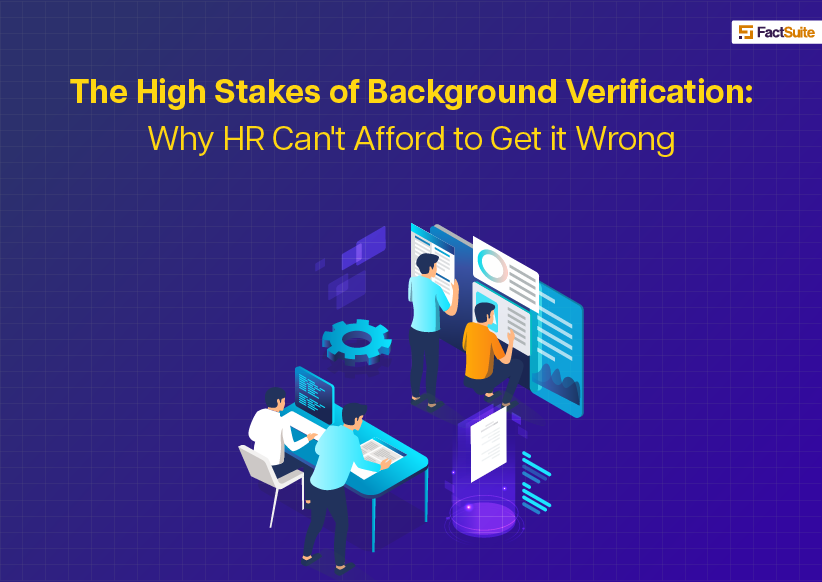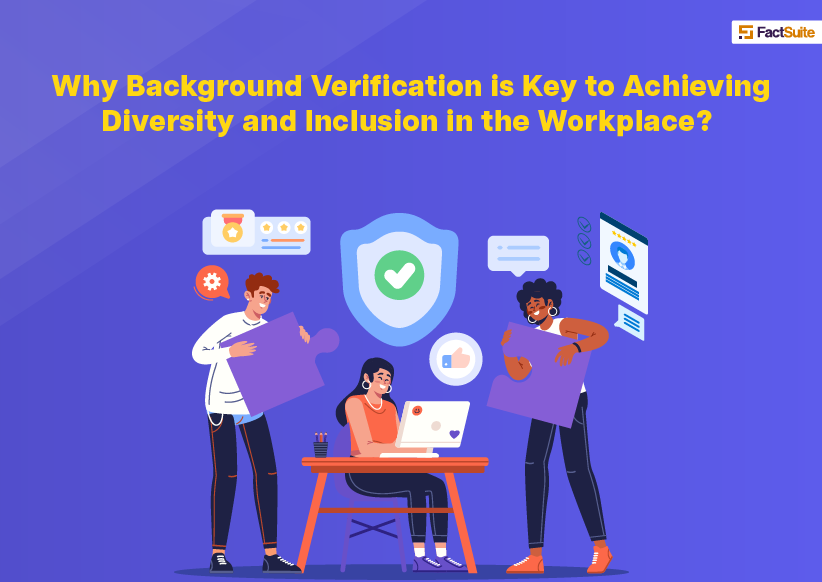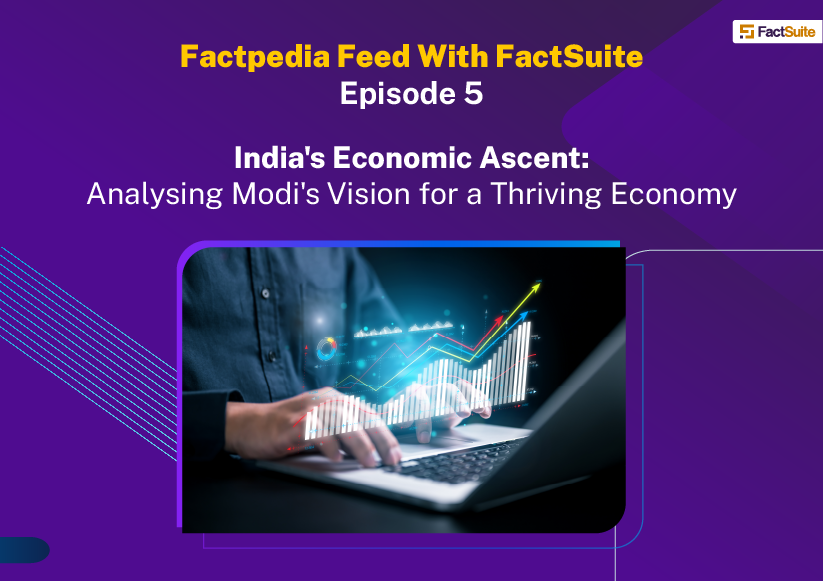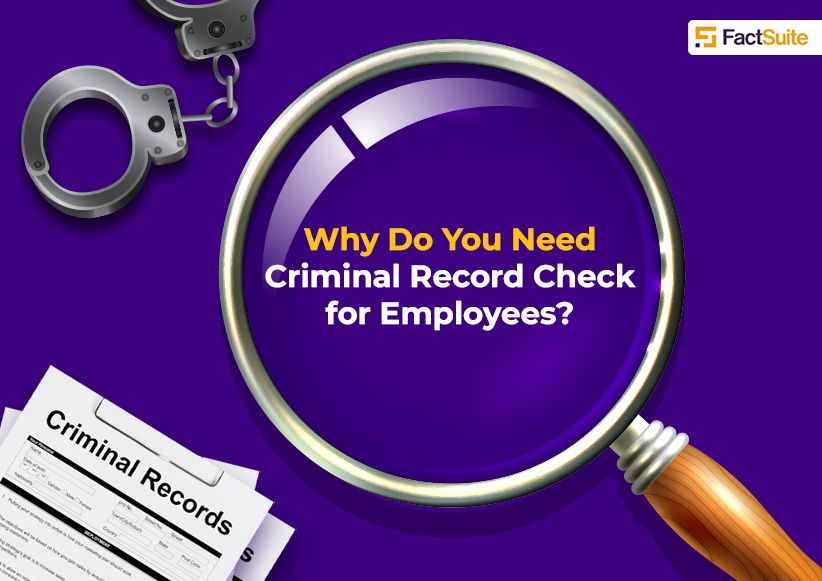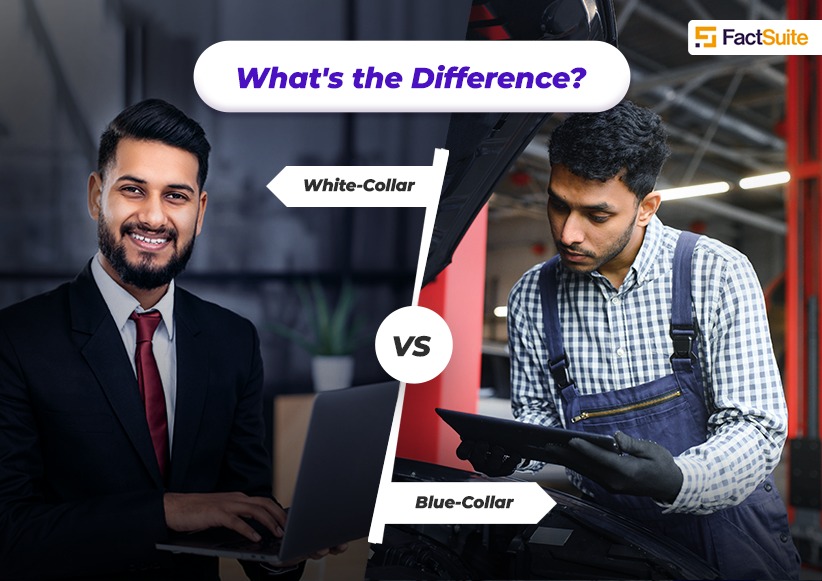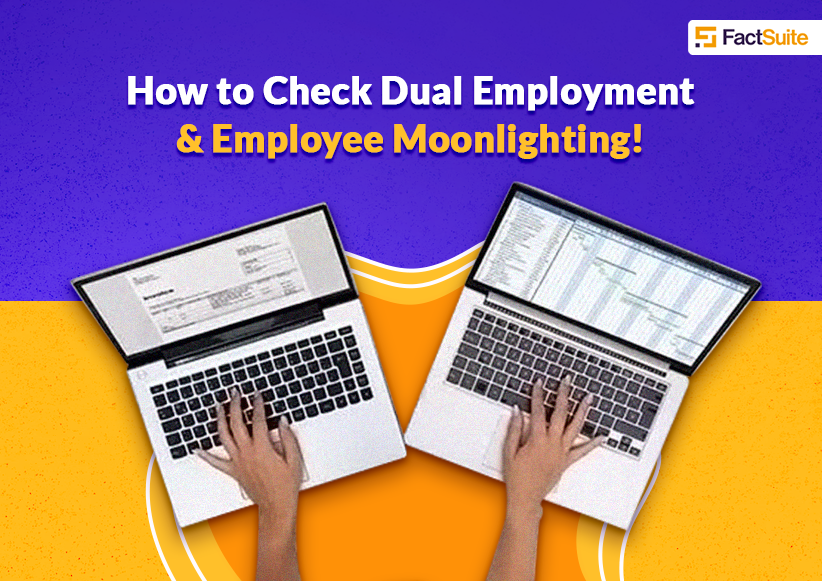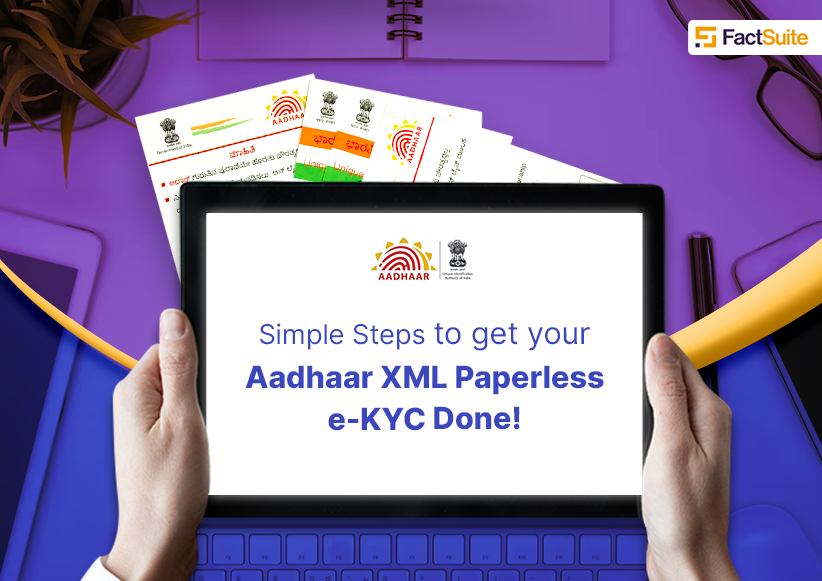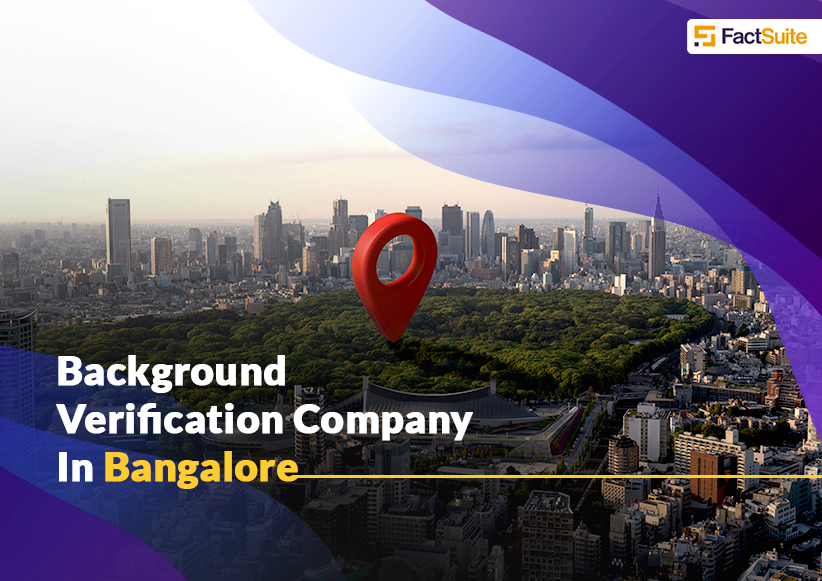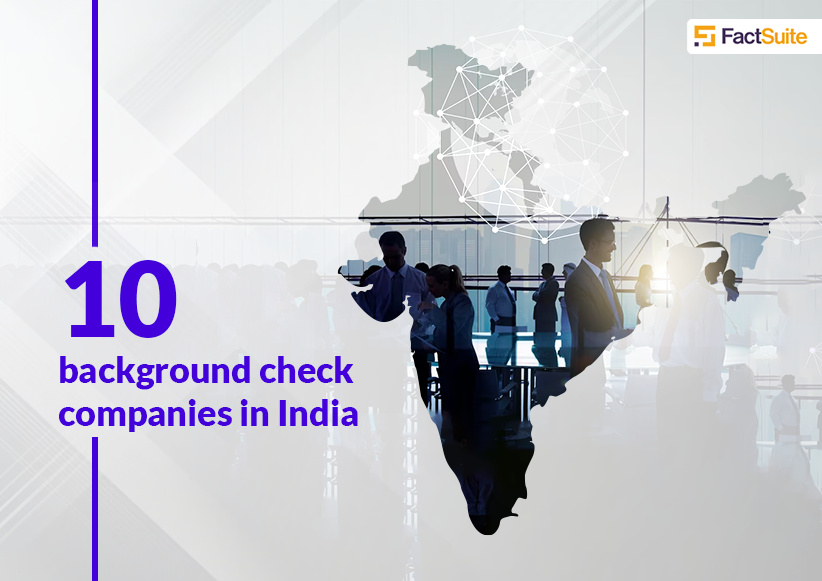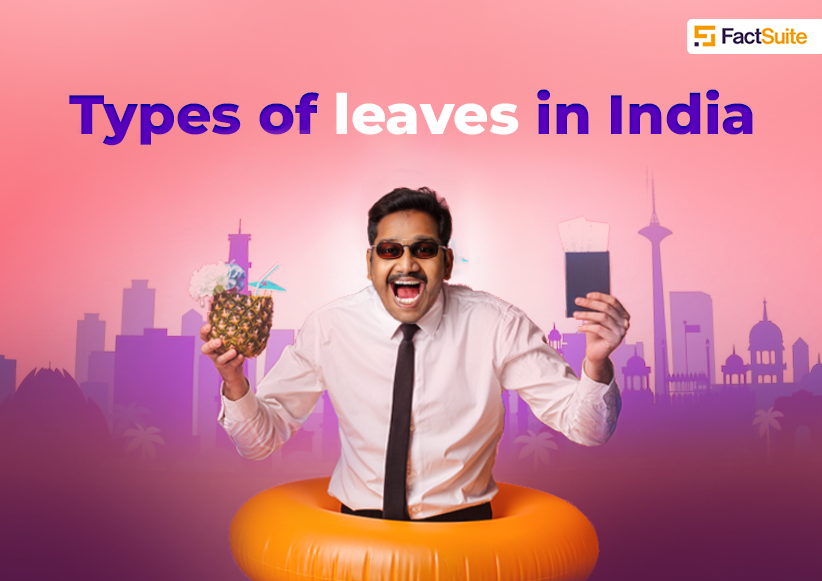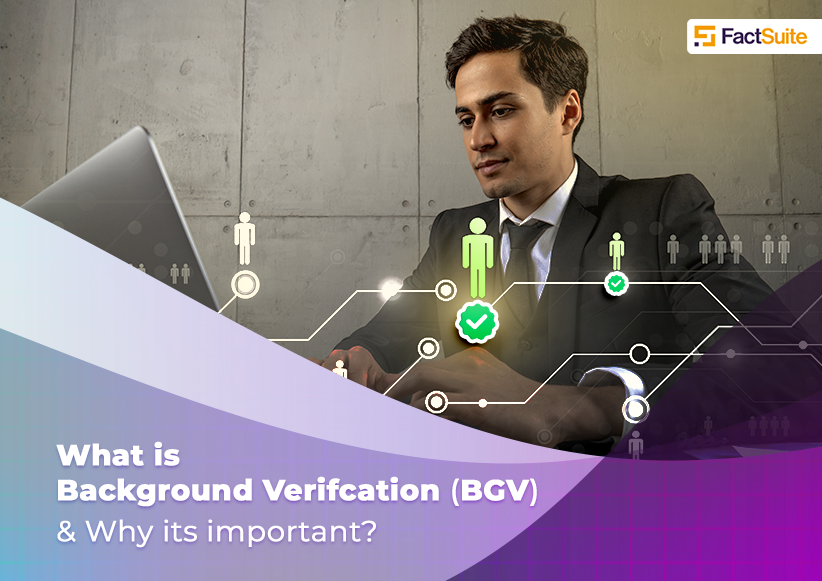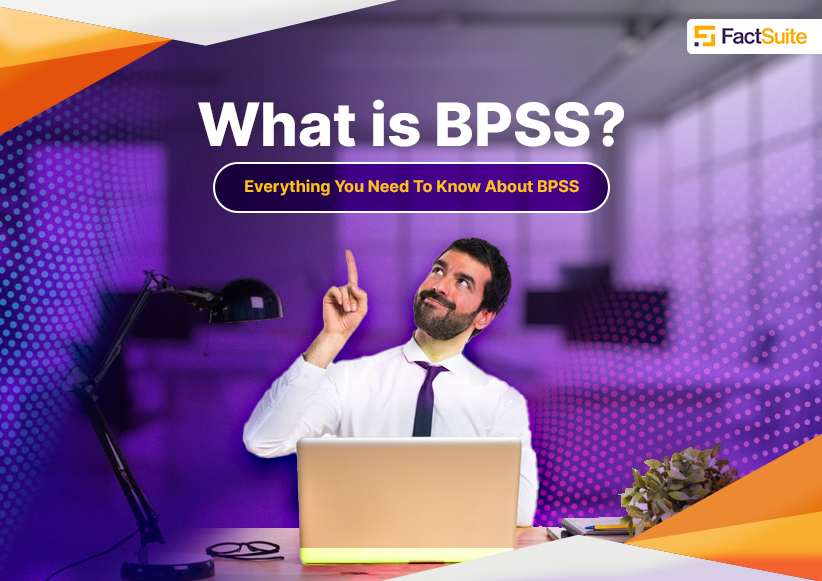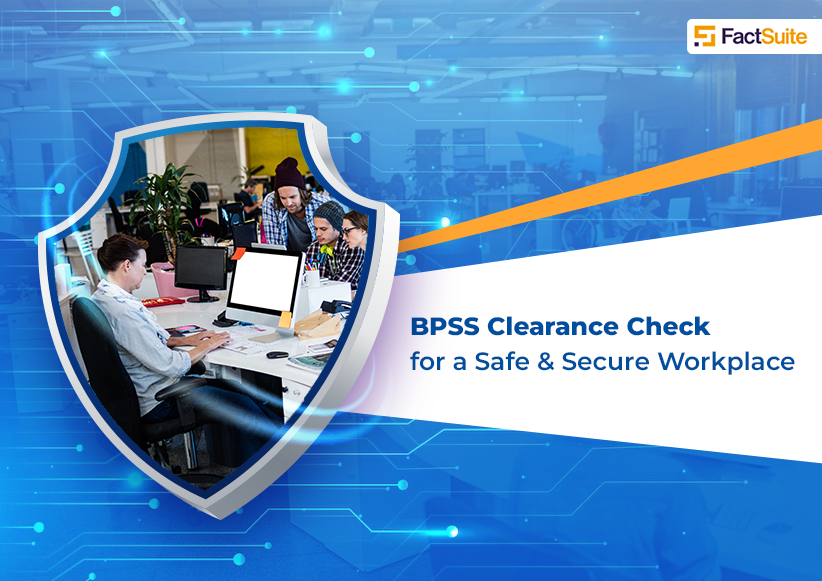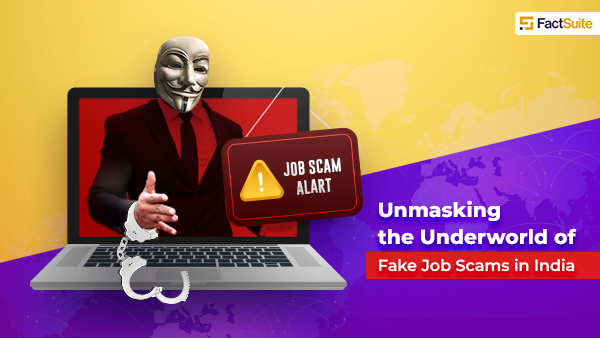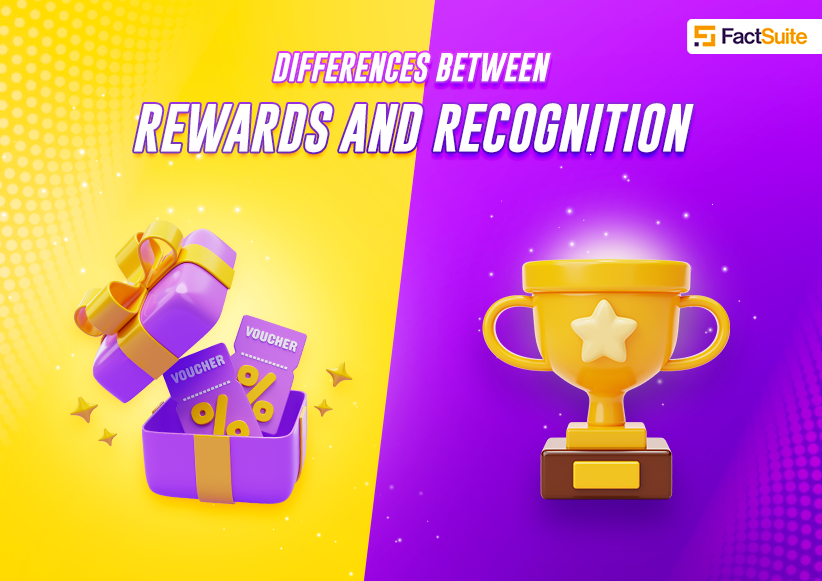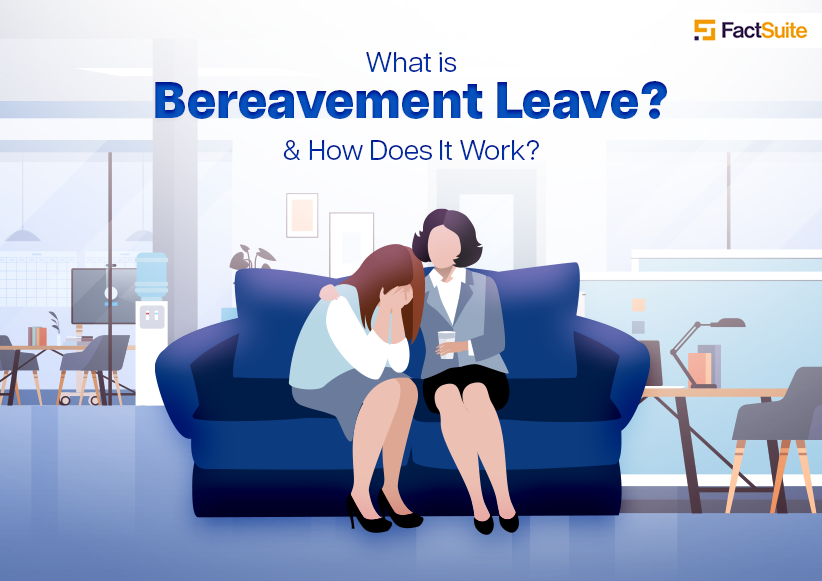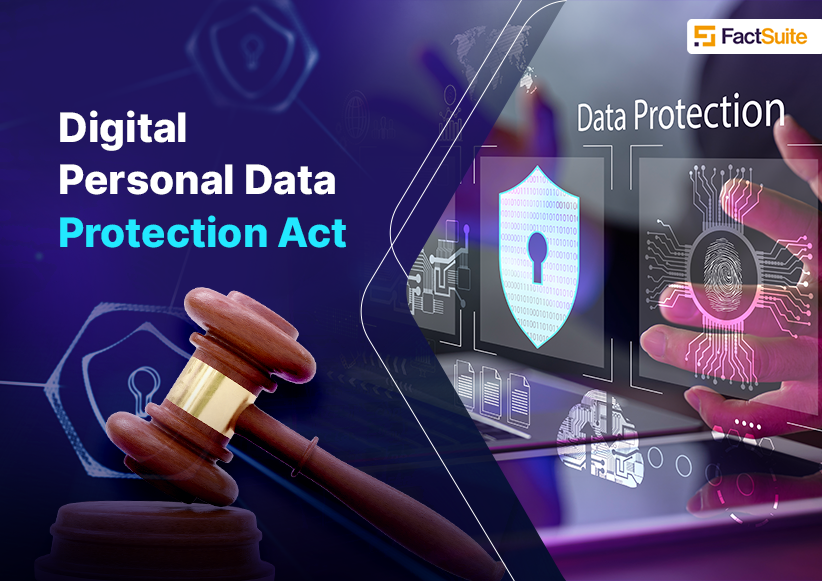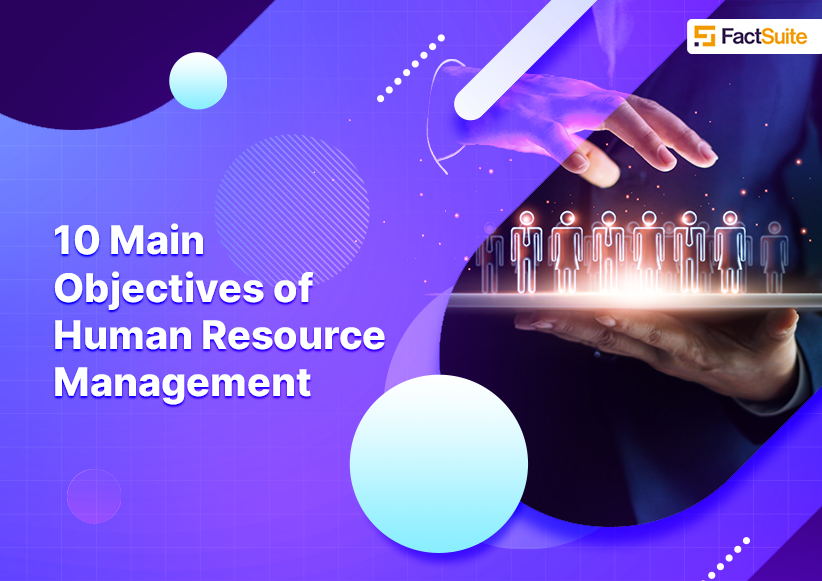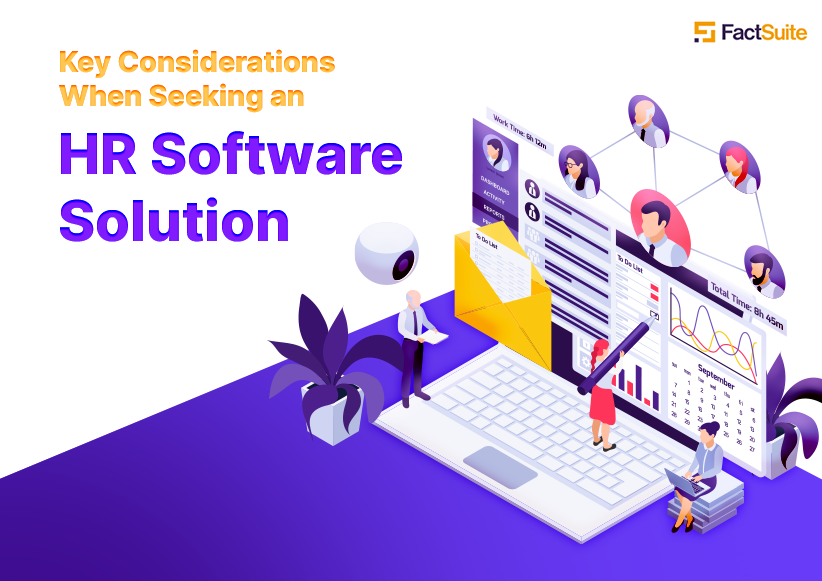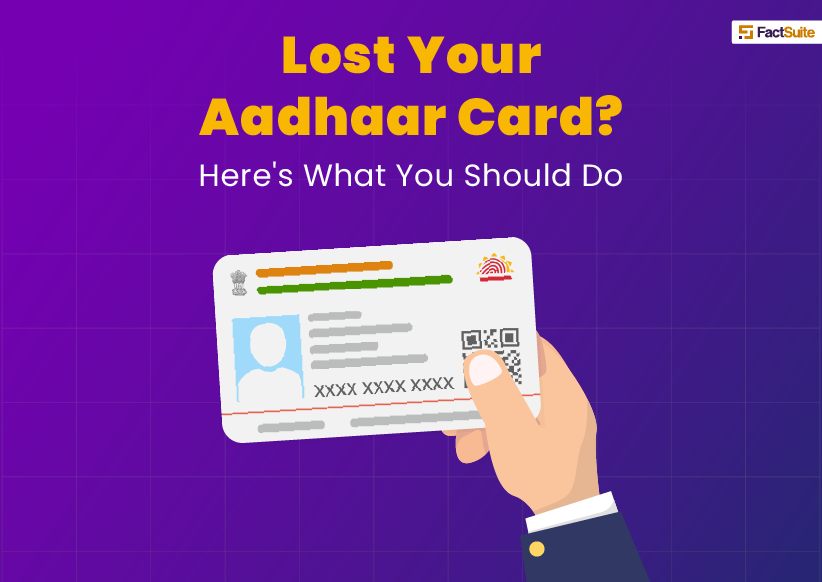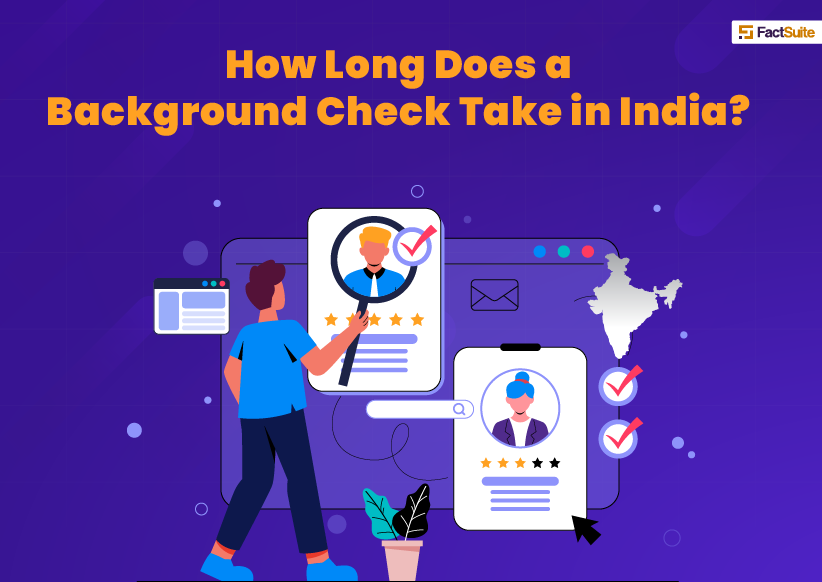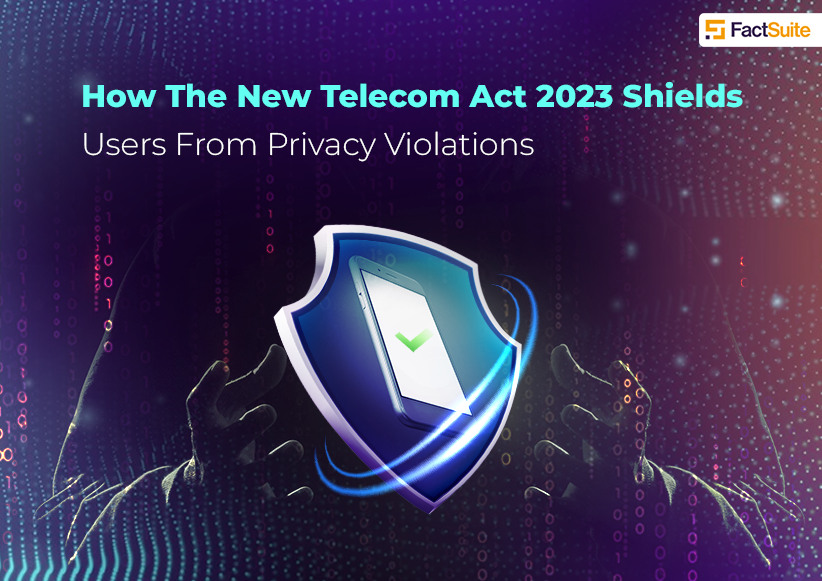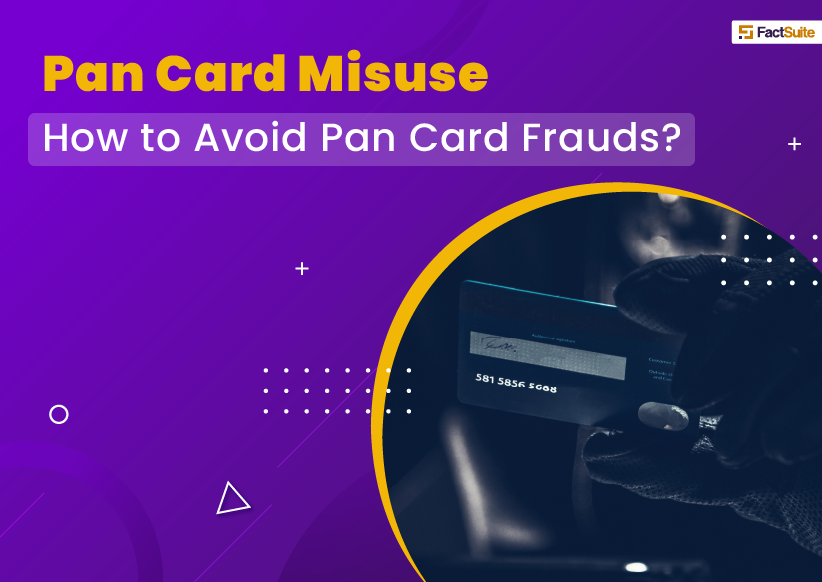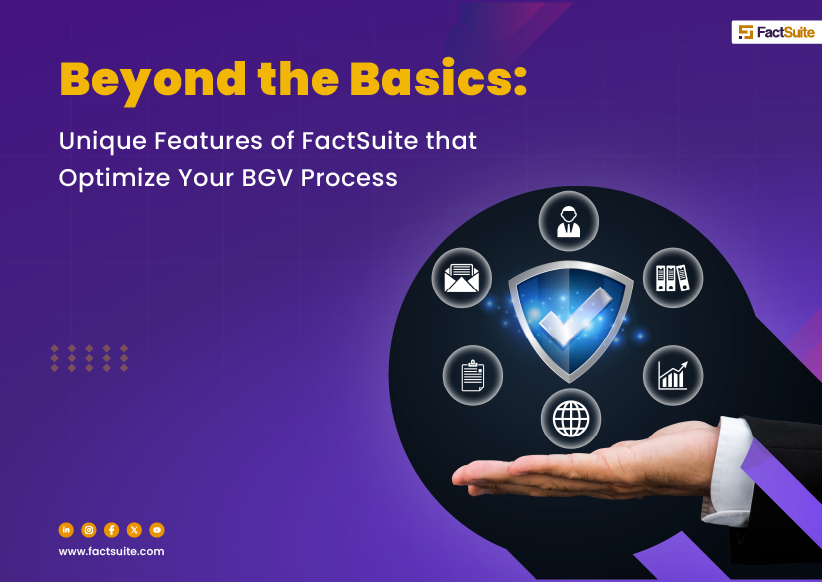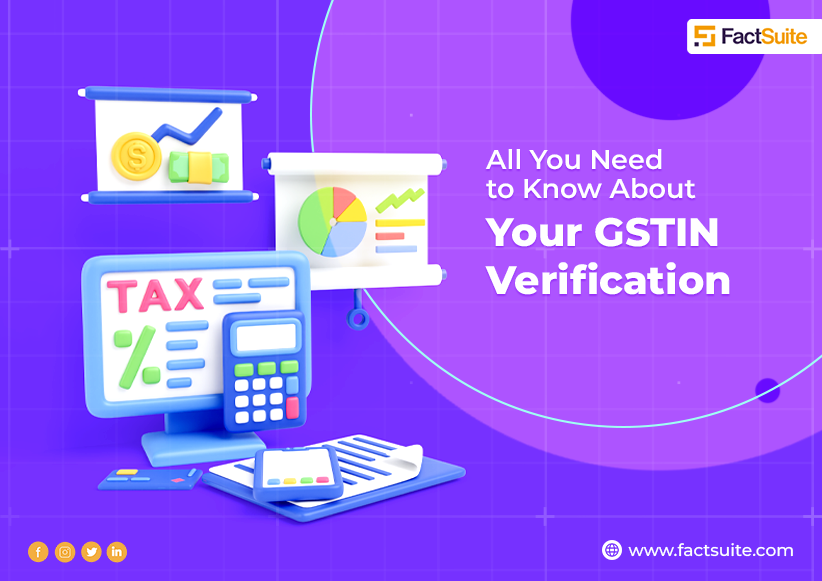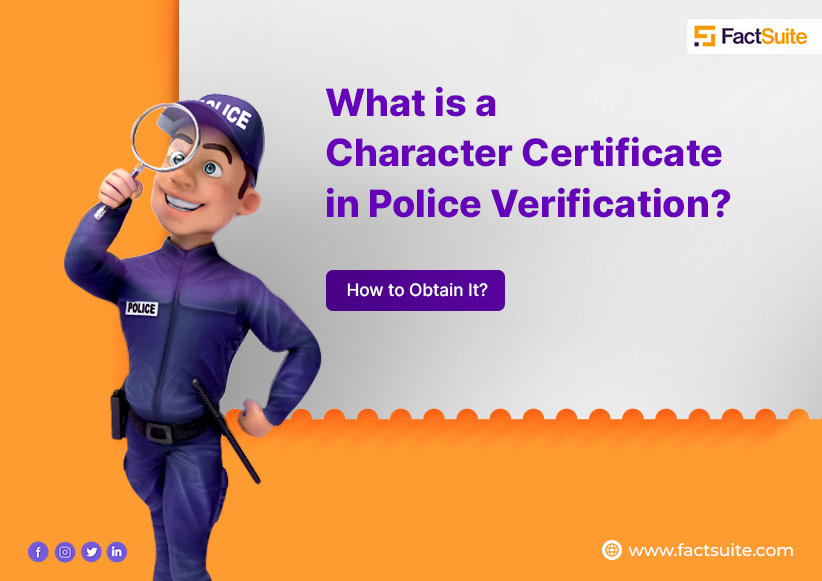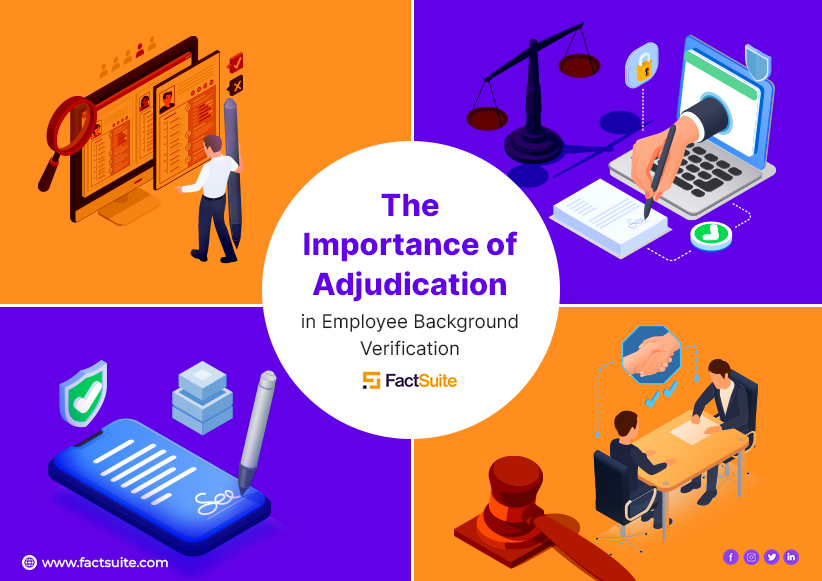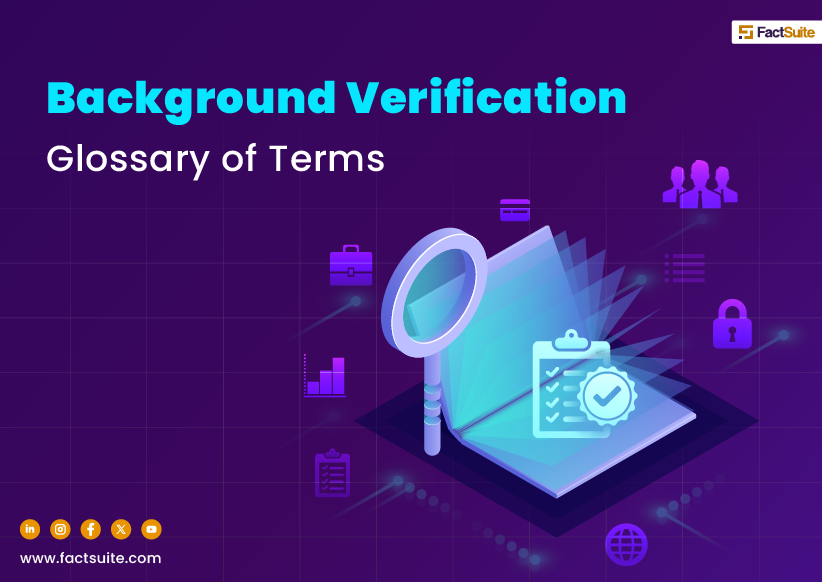All About Driving Licences in India- Types, Categories, Applications and More
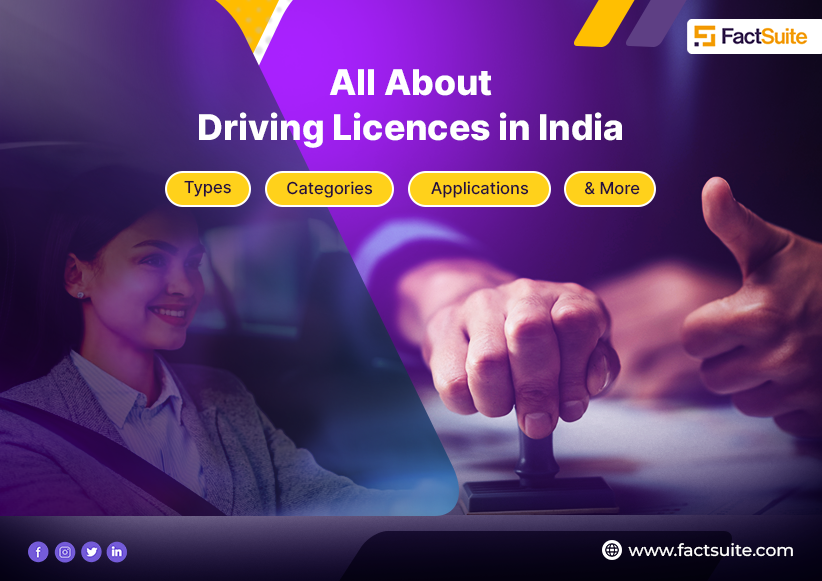
Table of Contents
- The Importance of a Driver's Licence in India
- Promoting Road Safety
- Standardization and Consistency
- Proof of Competency
- Car Insurance Cover
- An Identification Document
- A Personal Milestone
- Types of Driver's Licences in India
- Learner's Licence
- Permanent Driving Licence
- The Commercial Driving Licence
- International Driving Licence/Permit
- Driver's Licence Categories
- MC 50cc Category
- LMV-NT Category
- HMV & HPMV Category
- Understanding Driver's Licence Numbers
- Importance of Driver's Licence Verification
- How To Acquire Your Learner's Licence in India
- Document Assembly
- Choose your Application Method
- How to Acquire Your Permanent Driving Licence in India
- Steps to Acquire Your Permanent Driving Licence
- Renewing Your Driver's Licence in India
Introduction
Serving as a comprehensive resource, this guide facilitates an in-depth understanding of the Indian driving licence number and learner’s licence number. It navigates through the types of driving licences in India, driving licence format, and their respective purposes and underscores the importance of possessing a valid DL number. Moreover, it plunges into both - the acquisition procedure for obtaining one's own driver’s licence and driving licence number as well as emphasizing licence verification: crucial steps often overlooked during initial application phases.
The Importance of a Driver's Licence in India
The possession of a driver's licence is obligatory - as dictated by the Motor Vehicles Act of 1988 in India: this official certificate attests to one's aptitude and accountability while driving, symbolizing the capability to operate a vehicle with care and adherence to laws. It is imperative for all individuals who travel on Indian roadways. Now, let us delve deeper into the importance of having a driving licence number:
- Promoting Road Safety: A driver’s licence number safeguards against incompetent drivers who might operate motor vehicles; it is not merely a token of legal compliance – rather, the process involved in obtaining this licence necessitates mandatory training and testing. Though these measures—primarily designed to equip drivers with fundamental knowledge: of traffic regulations, safe driving practices, and vehicle handling—fortify road safety significantly. In effect–this procedure doesn't just protect the driver but also mitigates potential accidents for fellow road users–a critical aspect in promoting overall public safety.
- Standardization and Consistency: A driver’s licence number, in establishing a standardized system to identify qualified drivers, serve as symbols of standardization. The process of obtaining this licence ensures uniformity - all drivers must complete an identical training program; irrespective of the types of driving licences in India, thereby equipping themselves with the necessary skills for navigating the intricacies of Indian roads present. Such consistency not only promotes smoother traffic flow but also minimizes road confusion–a pivotal factor contributing towards public safety on our thoroughfares.
- Proof of Competency: A driver’s licence number serves as an official document-- proof to one's competency and knowledge of traffic laws; indeed, it confers significant advantages during traffic stops. It paves the way for a more seamless interaction with law enforcement officials – a particularly advantageous feature. Moreover, when renting vehicles or applying for insurance coverage: its presence proves incredibly helpful.
- Car Insurance Cover: In India, a valid driver's licence necessitates car insurance coverage: this requirement guarantees that drivers with an accepted standard of driving proficiency receive protection from insurance companies. Moreover--the type of licence held by a driver can sway insurance premiums; licences for heavier vehicles or those intended for commercial use often incur higher costs.
- An Identification Document: A driving licence number, although not a primary identification document, often serves as secondary identification in many instances: it assists with tasks such as opening bank accounts and applying for mobile connections where identity verification is crucial.
- A Personal Milestone: Obtaining a DL number, a significant milestone for many individuals, boosts their confidence and independence. This achievement not only grants them freedom but also autonomy to independently navigate their surroundings; thus, augmenting their sense of self-reliance. In turn, this offers superior control over meeting transportation needs.
Types of Driving Licences in India
To understand how many types of driving licences in India there are- India's Regional Transport Office (RTO) recognizes drivers' diverse needs and issues four distinct types of driving licences in India with respective DL numbers, each catering to a specific driving purpose. We will now delve deeper into all categories and break down- how many types of driving licences in India there are, exploring their unique functionalities:
1. Learner's Licence:
- This temporary permit as learner licence number is a pivotal stepping-stone in the journey towards securing a permanent driving licence--bestows upon its holder the legal privilege to operate motor vehicles. However, this authorization comes with certain conditions; notably that it is only valid under direct supervision of an individual over 30 years old who possesses an active and appropriate category licence for identical vehicle types.
- The learner's licence number holds validity for six months; during this period, the holder must successfully pass the driving test – an essential prerequisite to qualifying for a permanent licence.
- Eligibility: The minimum age requirement for acquiring a learner’s licence number: 16 years--this applies to two-wheelers with an engine capacity below 50cc; however, it increases to 18 years across all other vehicle categories.
2. Permanent Driving Licence:
- The golden ticket to independent driving is the permanent driving licence: it symbolizes successful completion of mandatory training; passing the required test, and demonstration--without supervision--of essential skills and knowledge for operating a motor vehicle on public roads.
- Permanent licences are further classified based on the authorized vehicle type. This classification spans from various engine-capacity two-wheelers to cars, light motor vehicles, and heavy goods vehicles.
- Eligibility: An individual becomes eligible for a permanent driving licence upon holding a valid learner's permit for at least thirty days and reaching the required age for their desired vehicle category.
3. The Commercial Driving Licence:
- This specialized licence serves as a mandatory requirement for individuals intending to operate commercial vehicles, be it goods or passenger transport. The possession of this endorsement conveys that the holder exhibits the requisite skills and knowledge in managing larger automobiles; furthermore, they are capable of navigating through specific challenges associated with driving in such business contexts.
- Eligibility: To qualify for a CDL, an applicant must possess a valid permanent driving licence and meet the minimum age requirement—usually 20 years old; furthermore, they might need to complete specific training programs tailored towards commercial driving.
4. International Driving Licence/Permit:
- Your Indian driver's licence functions as a base for an International Driving Permit (IDP), which then enables you to operate motor vehicles in foreign countries that acknowledge it. This IDP is the 4th and last one in our list of how many types of driving licences in India there are. This one streamlines your driving experience overseas by removing the requirement of acquiring another local licence; hence, facilitating convenience and efficiency.
- Typically, International Driving Permits remain valid for a year--commencing from their date of issue.
- Eligibility: You must first have a valid permanent driving licence in India to qualify for application of IDP.
Driver's Licence Categories
Moreover, India further categorizes driver's licences based on the class of vehicle an authorized licence holder can operate; these categories are as follows:
- MC 50cc Category: The MC 50cc category allows for the operation of mopeds and scooters equipped with an engine capacity not exceeding 50cc.
- LMV-NT Category: Individuals possessing a Light Motor Vehicle-Non-Transport (LMV-NT) category permit can operate non-transport cars and jeeps.
- HMV & HPMV Category: The HMV & HPMV classification includes heavy motor vehicles, such as goods transportation trucks and passenger buses.
Understanding Driver's Licence Numbers
A specific meaning underlies the random sequence of letters and numbers that make the driving licence format in the driving licence number. This encoding includes information about the issuing state; an RTO code; and the year of issuance - all culminating in a unique identification number assigned to its holder.
Importance of Driver's Licence Verification
Verification procedures ensure the legitimacy of a driver's authorization, given the prevalence of counterfeit driver's licences in alike any driving licence format. To confirm their validity, law enforcement authorities, and other entities may verify licence numbers: this heightened vigilance directly responds to India's concerning rise in fake licences.
Acquiring a driver's licence through the appropriate channels necessitates passing knowledge and practical driving tests; yet an alarming trend surfaces: individuals are resorting to obtaining counterfeit licences. Frequently endowed with convincing levels of detail and, a similar driving licence format, these fake documents pose not only a significant threat to personal identity but also compromise road safety.
How To Acquire Your Learner's Licence in India
1. Document Assembly: Gather the required documents, which typically include:
- Age proof (e.g., PAN card, birth certificate, passport)
- Address proof (e.g., Aadhar card, ration card, utility bill)
- Passport-size photographs
- Medical certificate issued by a registered medical practitioner (Form 1 & 1A)
- Application fee
2. Choose your Application Method: Apply for your learner's licence number either through an online or offline process.
- Online: You should visit your state's transport department website; there, you can complete an application form online, upload scanned copies of all required documents – and pay the necessary fees electronically. It is worth noting that some states provide a convenient option for scheduling your learner's licence test directly on their websites; however, others may necessitate submitting a form at your nearest RTO to schedule this examination.
- Offline: It is imperative that one makes a personal visit to the Regional Transport Office (RTO) closest to their location, armed with a fully completed application form and all necessary documentation. Subsequently, they must submit said application while also inquiring about booking a learner's license examination--an indispensable stride towards acquiring a driver's permit.
How to Acquire Your Permanent Driving Licence in India
The Learner's Licence Test assesses an individual's understanding of the rules and road signals for operating a vehicle. Depending on the location, it may be conducted through written or computerized means. Obtaining a learner's licence number, which grants permission for supervised driving with a licensed driver, is contingent upon passing this crucial examination.
Upon honing your abilities as a driver under the guidance of a licensed operator and with your designated learner's permit, you may progress towards obtaining your enduring license.
Steps to Acquire Your Permanent Driving Licence
- Ensure that you possess a valid learner's licence for at least the minimum required period, typically 30 days; moreover, confirm you fulfill the age prerequisite of your desired vehicle category.
- Prepare your documents for the learner's licence similarly; ensure you gather the necessary items--learner's licence itself, proof of identity and address, as well as passport-size photographs.
- Application Process: You can initiate the application process for a permanent licence, online or offline; you should adhere to the identical methods used when applying for your learner's licence.
- The driving test: a practical evaluation of your driving skills, typically encompassing maneuvers such as reversing--parallel parking; and navigating traffic intersections. Completing this test signifies your competency to operate a motor vehicle independently.
- Upon your successful completion of the driving test, the RTO will issue your permanent driving licence either by mail or for collection after a specific period.
Renewing Your Driver's Licence in India
Ensure you do not let your driving privileges expire! To maintain a valid driving licence number, you must renew it before the expiry date; fortunately, this process typically proves simpler than obtaining a new licence. Oftentimes--and conveniently so--you can complete the renewal online via Parivahan's website.
Follow these steps, and grasp the requirements; in doing so, you will successfully navigate the process of obtaining an Indian driver's licence. Bear in mind: a valid licence extends beyond mere plastic--it serves as a potent symbol of your commitment and responsibility towards safe driving on India's roads.

